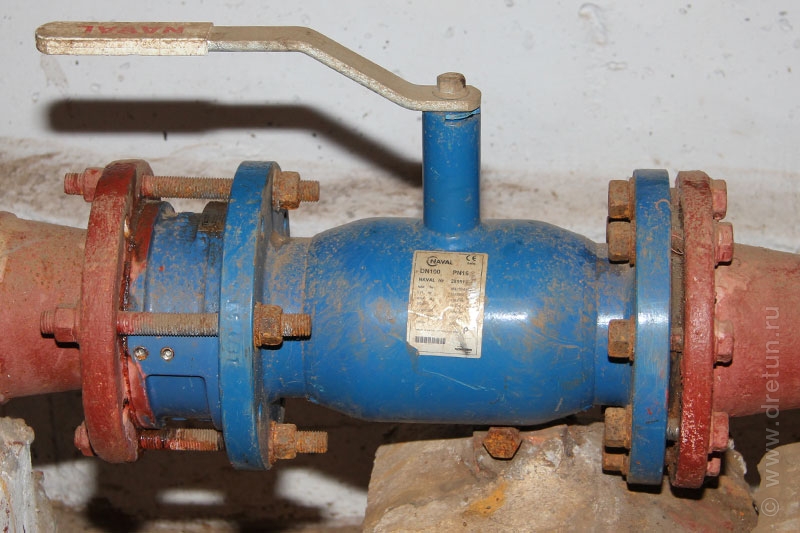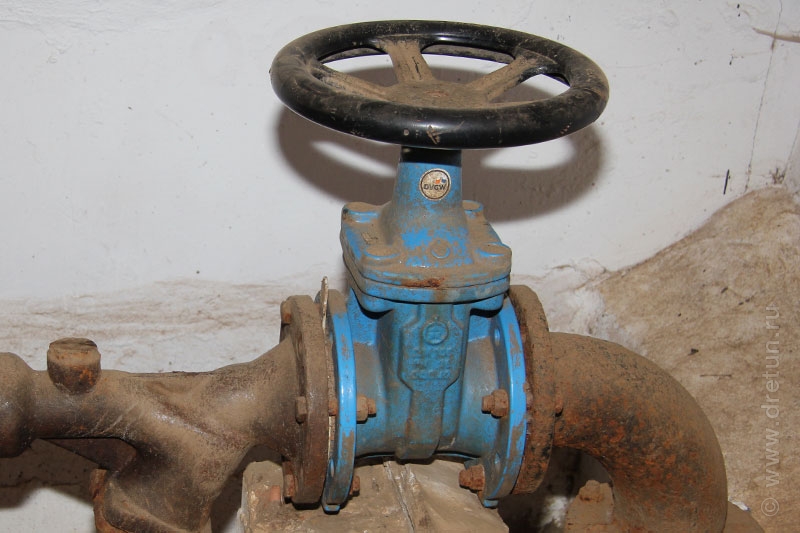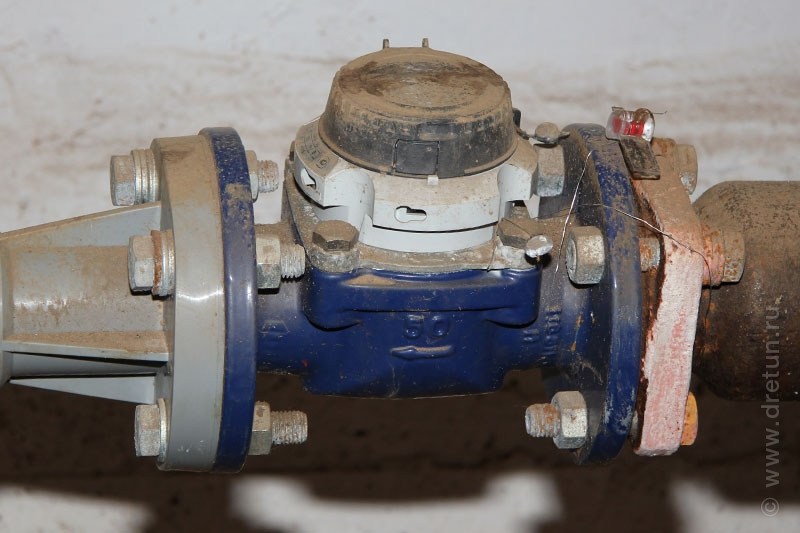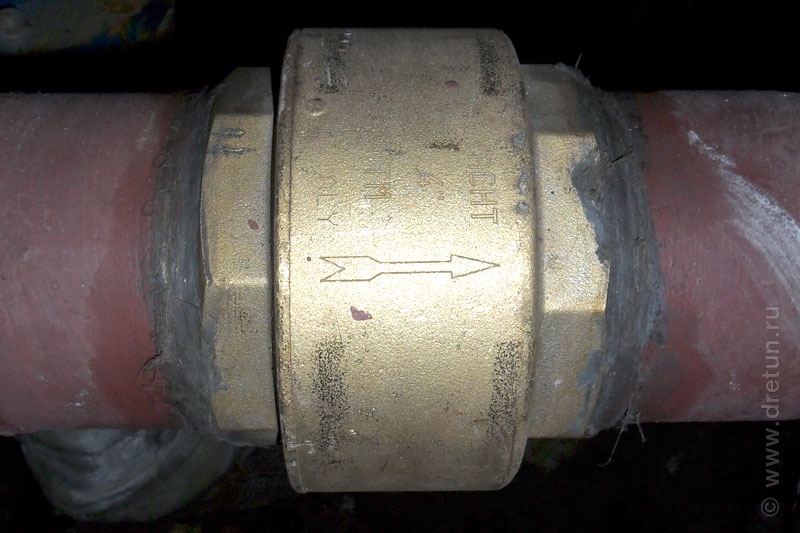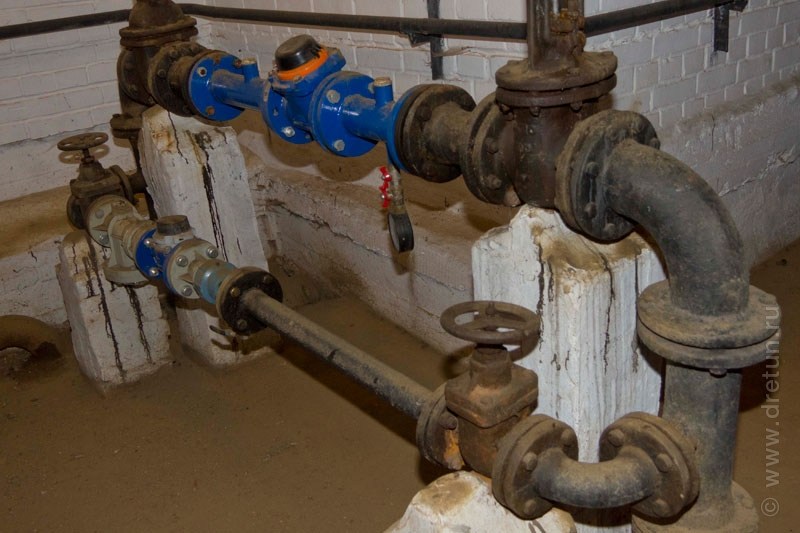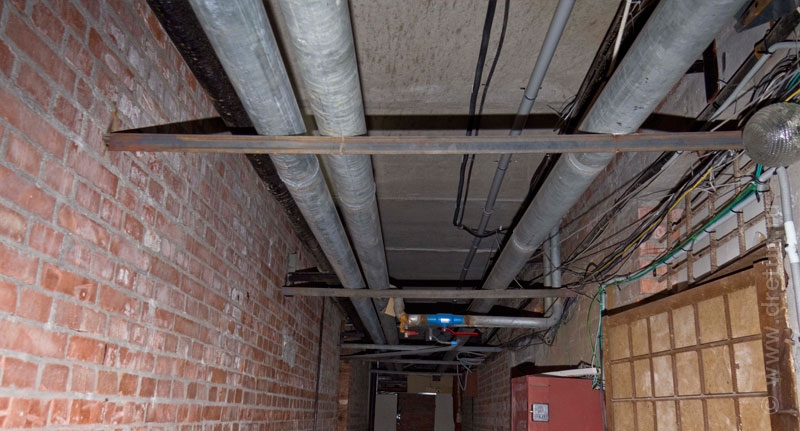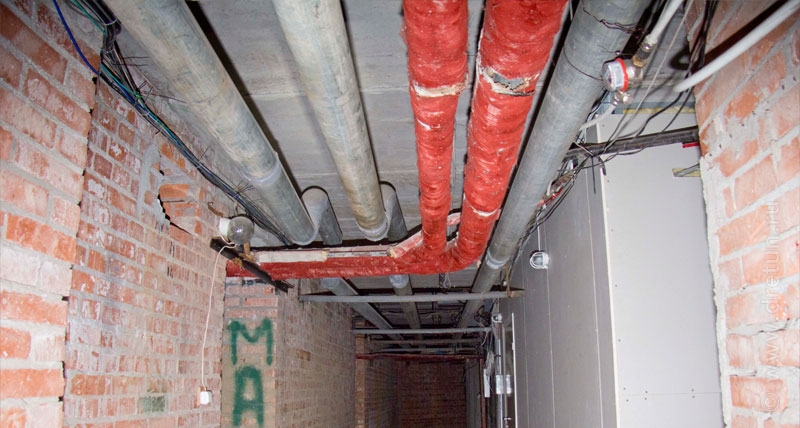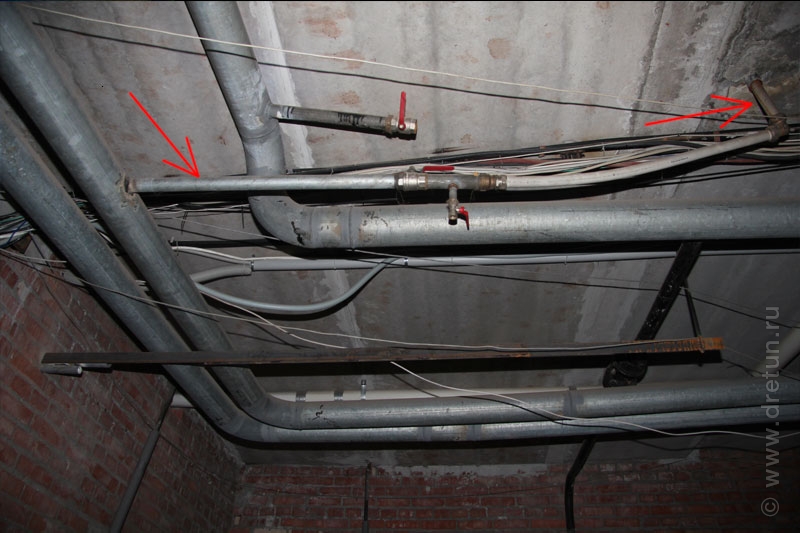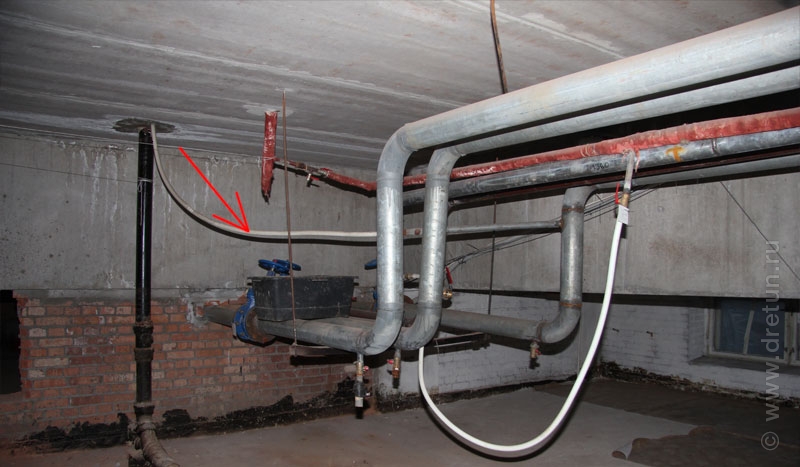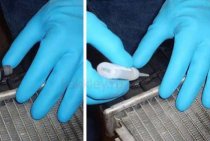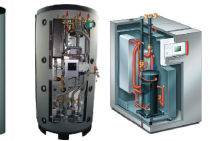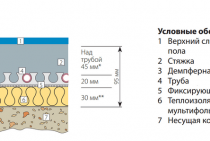DHW circulation
In order for hot water to be available anywhere in the system, it is necessary to assemble such a circuit through which it will circulate continuously, coming from the boiler or storage water heater and returning to it if the system is in standby mode. Thanks to this, the water in the pipes never cools down and is always available to users.
The circulation in the DHW circuit can be natural due to convection. However, greater efficiency can be achieved by using forced circulation with a small pump.
Modern household circulation pumps are practically silent and have a power of only a few tens of watts. They are easy to operate and require virtually no maintenance. However, these are not the circulation pumps that are used in heating systems. They are better protected against corrosion, since the water in the DHW circuit is saturated with air, in contrast to closed CH systems. Thus, the rotor and other elements in contact with water are made of oxygen-insensitive materials.
What is the pressure in the system
9 floors
Houses up to 9 floors high have bottom pouring from bottom to top. Those. from the water meter through a large pipe, water leaves through the risers to the 9th floor. If the vodokanal is in a good mood, then at the input of the lower zone there should be approximately 4 kg/cm2. Given a pressure drop of one kilogram, for every 10 meters of water column, residents on the 9th floor will receive approximately 1 kg of pressure, which is considered normal. In practice, in old houses, the input pressure is only 3.6 kg. And the inhabitants of the 9th floor are content with even less pressure than 1kg / cm2
12-20 floors
If the house is higher than 9 floors, for example 16 floors, then such a system is divided into 2 zones. Upper and lower. Where the same conditions remain for the lower zone, and for the upper zone the pressure is raised to about 6 kg. In order to raise the water to the very top into the supply line, and with it the water rises up to the 10th floor. In houses above 20 floors, the water supply can be divided into 3 zones. With such a supply scheme, the water in the system does not circulate, it stands on a backwater. In a high-rise apartment, on average, we get pressure from 1 to 4 kg. There are other values, but we will not consider them now.
When circulation in the DHW circuit is necessary
Centralized water heating is the best way to provide hot water in large houses. The system in this case must necessarily include a storage water heater or an indirect heating boiler used in tandem with a single-circuit boiler. This is necessary so that a certain amount of hot water is constantly available to consumers. The capacity of the boiler is determined by the estimated water flow. Up to the set temperature, the water in the boiler is heated by a built-in heating element or from a heat exchanger connected to the boiler. When hot water is not required, the system is in standby mode. But when you open a hot water tap, the system turns on, providing immediately enough of it. The volumes of boilers can be from several tens to several hundred liters. At the same time, unlike instantaneous water heaters, the flow rate is not limited.
However, the centralized hot water supply system also has its drawbacks, although objectively it is better than others. The fact is that the pipes that connect the water points to the boiler are, as a rule, long, and the water in them will cool down if it is not used for a long time. The consumer thus finds himself in a situation where, when hot water is opened, barely warm or cold water flows from the tap for some time. The waiting time depends on the length of the pipes and can last up to 30 seconds. It's too long and wasteful too.And this is not about the loss of several tens of liters of cold water, but about the loss of preheated water. In this case, only the circulation of water in the DHW circuit can help.
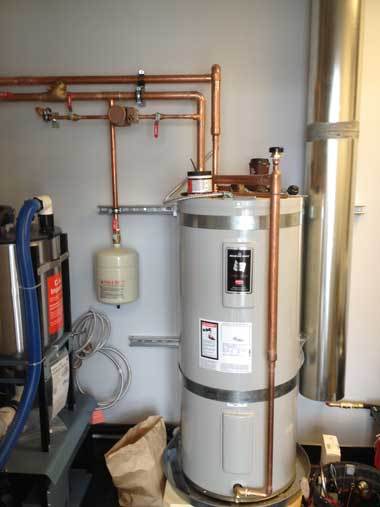
Cold water supply or cold water
The local pumping station supplies water to the main from the water utility network. A large supply pipe enters the house and ends with a valve, after which there is a water meter.
In short, the water meter assembly consists of two valves, a strainer and a meter.
Some have an additional check valve.
and water meter bypass.
The water meter bypass is an additional meter with valves that can feed the system if the main water meter is serviced. After the meters, water is supplied to the house main
where it is distributed along risers that lead water to apartments on floors.
Types of water supply schemes
The water supply system is of three types:
-
collector;
- consistent;
- combined (mixed).
Recently, when a large number of plumbing equipment is increasingly found in apartments, they use collector wiring diagram
. It is the best option for the normal functioning of all devices. The collector-type hot water supply circuit eliminates pressure drops at different connection points. This is the main advantage of this system.
If we consider the scheme in more detail, we can conclude that there will be no problems with the use of plumbing equipment for its intended purpose at the same time. The essence of the connection is such that each individual water consumer is connected to the collectors of the cold and hot water supply in isolation. Pipes do not have many branches, so the likelihood of leakage is very small. Such water supply schemes in multi-storey buildings are easy to maintain, but the cost of equipment is quite high.
According to experts, the hot water collector scheme requires the installation of a more complex installation of plumbing fixtures. However, these negative aspects are not so critical, especially considering the fact that the collector circuit has many advantages, for example, hidden installation of pipes and taking into account the individual characteristics of the equipment.
Sequential scheme of hot water supply
multi-storey building - this is the easiest way to wire. Such a system has been tested by time, it was put into operation in the days of the USSR. The essence of its device is that the pipeline of cold and hot water supply is carried out parallel to each other. Engineers advise using this system in apartments with one bathroom and a small amount of plumbing equipment.
In the people, such a hot water supply scheme for a multi-storey building is called a tee. That is, branches come from the main highways, which are connected to each other by tees. Despite the ease of installation and saving consumables, this scheme has several main disadvantages:
- In the event of a leak, it is difficult to find damaged areas.
- The impossibility of supplying water to a separate plumbing fixture.
- Difficulty of access to pipes in case of breakage.
